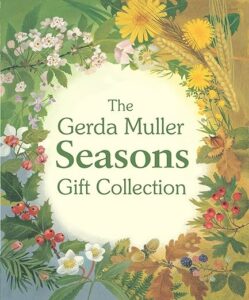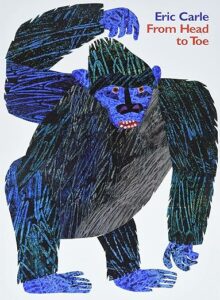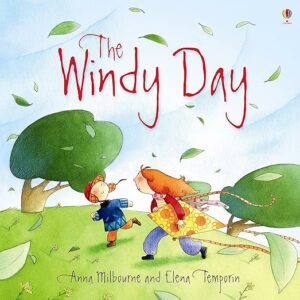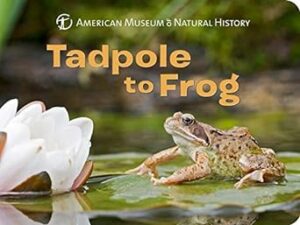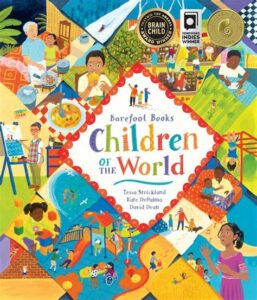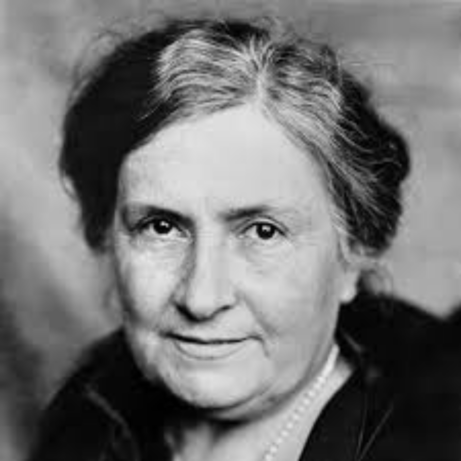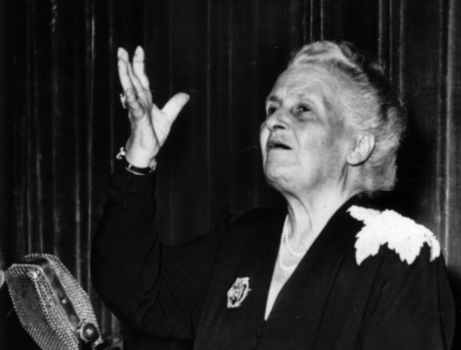Books for the Young Reader
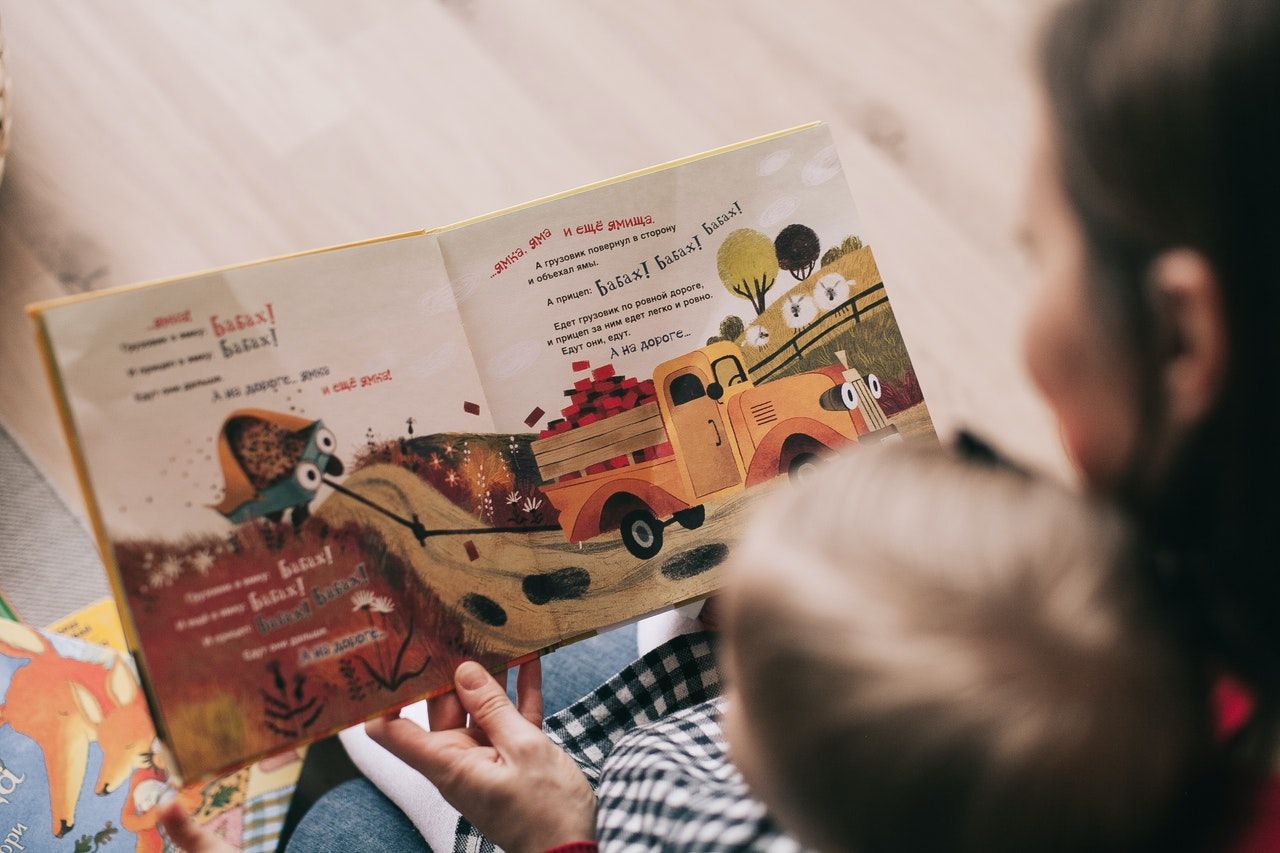
The Montessori angle on finding and offering books that will make your child fall in love with reading
Nothing unites parents and educators of all stripes more reliably than the mention of books and their importance to children. We all know that reading is fundamental: that developing a love for books and the written word, early in life, has a profound impact on every aspect of a child’s education – and, I dare say, on every aspect of their life overall, as well.
This goes beyond literacy itself (although being a fluent reader certainly helps our studies, and we are naturally much more likely to become fluent readers when we enjoy and appreciate reading). Even those of us who have reading or learning difficulties benefit richly from a solid relationship with books. Books transport us, uplift us, inspire us; they offer a unique way to connect with other people, open a window into the minds and lives of others – whether they live across the globe from us, or across history.
“A reader lives a thousand lives before he dies (…) The man who never reads lives only one.”
G. Martin
How do we nurture this love in children? It is not enough to introduce books in Elementary school or later! As we know, the most fundamental, permanent qualities of a person must be built in the first six years of life, during the period of the Absorbent Mind. A lifelong reading habit can be formed long before the child is capable of reading a chapter book by themselves.
Our role here, as usual, is two pronged: to provide the child with suitable reading material, and then to be the ones who role model and introduce the child to reading. Today, we are going to look at the first part of our task.
Root the child in reality
A child in the first plane of development is still in the process of discovering the world – and falling in love with it. We want, more than anything, to support this process: to show the child that the world is a marvelous place worth exploring, and that there is a firm place in the world where our child rightfully belongs.
We also want to help children make sense of the world, orient themselves in it and make sense of what they are experiencing and learning. Montessori is somewhat unique in this, but we stand very firm that the first six years of a child’s life are not a time for fantasy and fancy – it’s a time for finding the wonder and joy in the real world.
Instead of fairies and dragons or superheroes and monsters (or anthropomorphic animals acting and talking like humans), we focus on books realistically depicting children’s natural interests and featuring topics that the child can learn from, appreciate and relate to:
- Everyday life of children and families
- Nature, the turn of seasons, plant and animal life
- Notable events or activities in the child’s mind, like a visit to the doctor or the arrival of a new sibling
- Science, technology and human accomplishment, from trains and trucks to space travel
- People, in all their glorious diversity: festivals, different cultures and their experiences
Don’t judge the book by its cover
The book’s art plays a major role in the child’s attraction to, and enjoyment of it; this goes tenfold for its cover. By all means, when selecting books, look at the cover first, and think about whether you would find it beautiful and attractive, but don’t stop there. Take a good look from the first page to the very last to make all that’s in the book is something you want the child to see.
Books are powerful – but that can be both for good and for mischief. And the child under six takes in, quite literally, everything they see and experience. We might not be able to shield them from all the negative things in the real world, but we can certainly choose to omit them from their books. There will be plenty of time for difficult, challenging or disturbing stories later in life.
Among the inappropriate content that we, nonetheless, often see in books:
- Scary situations, particularly for children characters, who are not protected or comforted
- Characters (even family members!) treating each other poorly
- Conflict, violence and destruction, especially in a “humorous” and careless way
- Themes of loss and abandonment
As a rule of thumb, you can ask yourself – would you like it if your child acted in a way depicted in the book, or if they found themselves in similar situations? If the answer is no, it might be better to leave that book on the shelf.
Of course, we must mention an exception from this rule: books that are particularly aimed at helping children cope with negative situations, even devastating trauma, such as a death in the family. Those books can provide priceless assistance and support to a child. The difference here is that those books and stories offer comfort, advice and ways for the child to process trauma or solve their issues, rather than just depicting them for its own sake.

Explore the fundamentals of Montessori parenting with this free video by Sylvia Arotin, offering insights and strategies to empower and educate your child.
Look for beauty
Art for children should be created with just as much care and love as art for adults – if not more. Children are not content with crude, kitschy or garish illustrations, nor should they ever be! Look for illustrations and book art that is truly beautiful and impressive to your eyes, and your child will likely feel the same.
Look for diversity, too. Somehow, our society has decided that there is one style of children’s art that stands above all else – bright, colourful crayon or marker-like drawings – and children’s books are full of those. Nothing wrong with colours or crayons, but there is so much more that we can introduce to children. Watercolours, prints, collages, acrylic painting, photography: there are ever so many different styles to introduce your child to.
A few examples
Here are some particular personal favourites of English-language children’s books that I recommend wholeheartedly:
These sweet, beautifully illustrated books contain no words – just idyllic scenes of family life that you can explore and talk about with your toddler.
Eric Carle’s beautiful, unique illustrations will guide a three-year-old in moving their whole body to the example of parrot, gorilla, crocodile, and more.
Anna Mibourne: The Sunny, Windy, Rainy and Snowy Day
These books also explore season through the eyes of a group of children, but this time with an emphasis on the science of weather, in a perfect form for a four-year-old to understand and learn.
The American Museum of Natural History: Tadpole to Frog
A wonderful example of a science book, simply and clearly introducing your five-year-old to zoological knowledge through beautiful photography.
Kate DePalma: The Barefoot Books Children of the World
A six-year-old child will be fascinated by this introduction to children and their lives around the globe.

Explore the fundamentals of Montessori parenting with this free video by Sylvia Arotin, offering insights and strategies to empower and educate your child.
Montessori Beginnings
YOUR ULTIMATE
MONTESSORI PARENTING COURSE
FOR ZERO TO THREE
Gain clarity and confidence in your parenting to raise a resilient, independent and joyful child.
